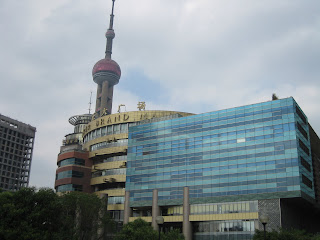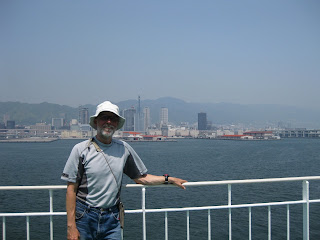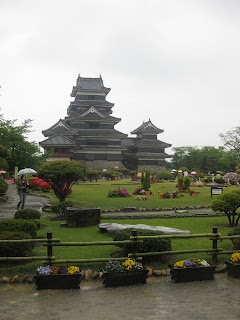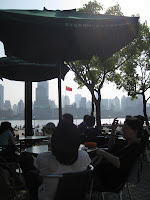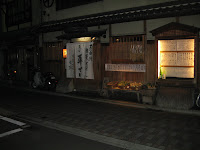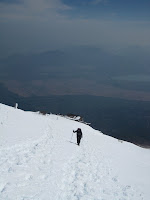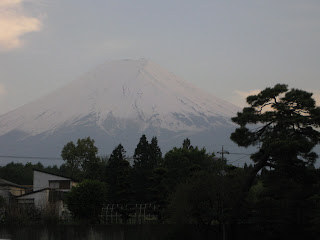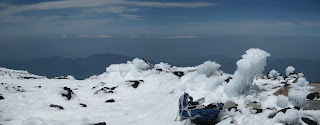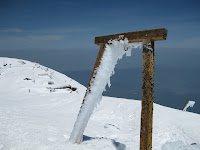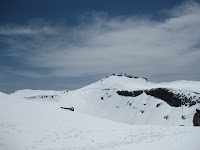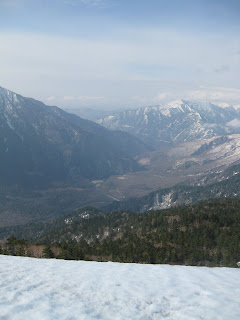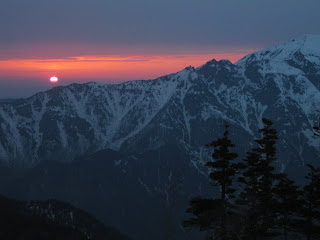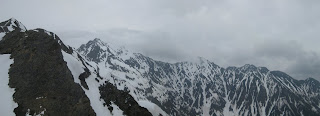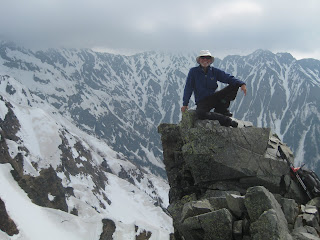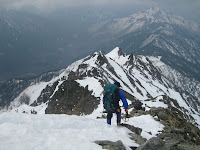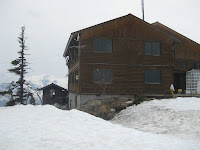
View from Lola's Lookout, compromised by the gray weather but still gorgeous, and Henri enjoying the sunset, tired after a full day of x-country.
Purpose one: writing a travelogue to describe my various trips.
Purpose two: muse.

Our use of the phrase the "Dark Ages" to cover the period from 600 to 1000
marks our undue concentraion on Western Europe. In China, this period
includes the time of the Tang dynasty, the greatest age of Chinese
poetry[...]. What was lost to Christendom at this time was not lost to
civilization, but quite the contrary. No one could have guessed that
Europe would later become dominant, both in power and in culture. [...]Our superiority since the Renaissance is due partly to science and
scientific technique, partly to political institutions slowly built up
during the Middle Ages. There is no reason, in the nature of things, why
this superiority should continue. [...] It seems not unlikely that,
during the next few centuries, civilization, if it survives, will have
greater diversity than it has had since the Renaissance. There is an
imperialism of culture that is harder to overcome than the imperialism of
power. Long after the Western Empire fell, [...] all European culture
retained a tincture of Roman imperialism. [...] I think that, if we are to
feel at home in the world after the present war, we shall have to admit Asia
to equality of thoughts, not only politically, but culturally. What changes
this will bring about, I do not know, but I am convinced that they will be
profound and of the greatest importance.
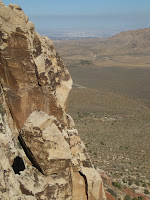
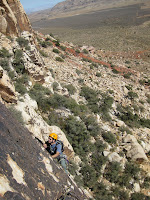
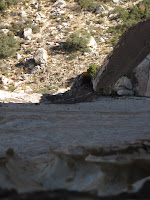
It has been interesting to watch the economics debate during the recent crisis. What I have noticed is that a Keynesian approach is used as a matter of course by the Federal government, which is depressing, but also that this time around, Keynesians have been in need of defending their ideas, which is encouraging.
One knee-jerk Keynesian is Jim Jubak, who writes for MSN Money. There are parallels between Jubak and Keynes. Like Keynes, Jubak is a successful investor. Like Keynes, Jubak is not an economist. Like Keynes, this does not stop him from making economics commentary.
In a recent article, Jubak blamed a reduction in Federal spending for the recession of 1937. He claimed that Federal spending decreased by 18% in 1937. This did not sound right, so I looked it up. I collected data for receipts (Recs), outlays (outs), spending change (inc), GDP, GDP Increase (GInc) and spending as percent of GDP (S/GDP) for the years 1935-1939:
| Year | Recs | Outs | Inc | GDP | GInc | S/GDP |
|---|---|---|---|---|---|---|
| 1935 | 3,609 | 6,412 | -1.97% | $73.30 | 11.06% | 8.75% |
| 1936 | 3,923 | 8,228 | 28.32% | $83.80 | 14.32% | 9.82% |
| 1937 | 5,387 | 7,580 | -7.88% | $91.90 | 9.67% | 8.25% |
| 1938 | 6,751 | 6,840 | -9.76% | $86.10 | -6.31% | 7.94% |
| 1939 | 6,295 | 9,141 | 33.64% | $92.20 | 7.08% | 9.91% |
HKEY_LOCAL_MACHINE\SOFTWARE\Microsoft\Windows NT\CurrentVersion\Image File Execution Options
When I considered taking a degree in economics almost 50 years ago, I
was told that the exam questions would be the same from year to year, but that
the correct answers would differ each year.



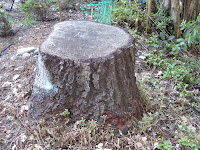

 |
| Magnificent China |


 Water is important to Japanese designs. In their version of Feng Shui, it's best to have some kind of water running through a setting. Thus, you'll see little brooks and ponds in unexpected places.
Water is important to Japanese designs. In their version of Feng Shui, it's best to have some kind of water running through a setting. Thus, you'll see little brooks and ponds in unexpected places.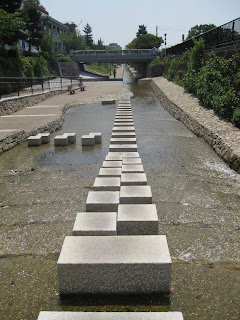
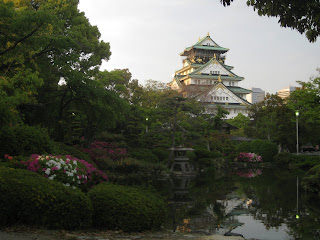
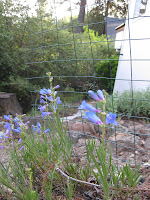 I am back in Boulder Creek, where the sun is shining and the flowers are blooming. I hope to post some more pictures and comments on the Asia trip, in between catching up, so stay tuned.
I am back in Boulder Creek, where the sun is shining and the flowers are blooming. I hope to post some more pictures and comments on the Asia trip, in between catching up, so stay tuned.
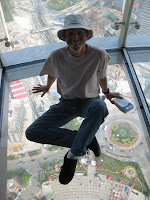
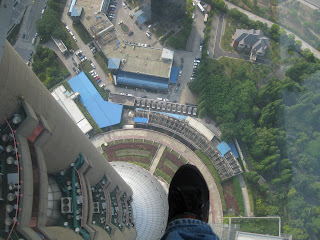
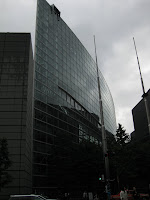 Compared to the World Financial Center, I thought the Pearl Oriental Tower was the better experience. You don't get quite the same exposure in the former. The World Financial Center had a cool space-theme going, though, with moody electronic music and interesting light effects.
Compared to the World Financial Center, I thought the Pearl Oriental Tower was the better experience. You don't get quite the same exposure in the former. The World Financial Center had a cool space-theme going, though, with moody electronic music and interesting light effects.
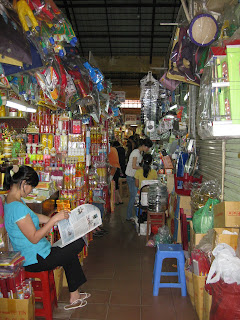
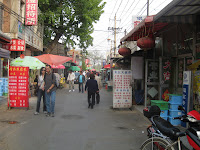
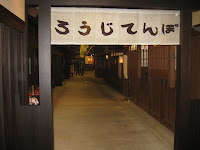 In Kyoto's history museum, they had created a model of how a market street in 17th century Japan might have looked.
In Kyoto's history museum, they had created a model of how a market street in 17th century Japan might have looked.
